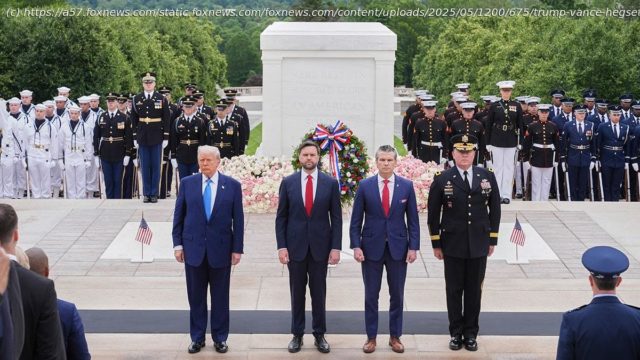Pete Hegseth brings roughly 800 U.S. generals and admirals to Quantico, giving him a chance to address warrior ethos, military readiness standards and recruitment.
Sept. 30, Secretary of War Pete Hegseth is bringing hundreds of U.S. generals and admirals to Quantico for what amounts to a mass leadership formation. The agenda is opaque, the logistics unusual and the stakes high. With President Donald Trump now planning to attend, the gathering risks becoming as much a signal about civil-military relations as it is about readiness. What should Americans take from it — and what should our flag officers hear?
First, let’s dispense with the novelty. Large, in-person convocations of nearly the entire general and flag officer corps are rare. Reporting indicates Hegseth intends to hammer «warrior ethos», grooming and standards — an unmistakable course-correction message to a force that has struggled with recruitment, retention and public confidence. Whether or not every rumor about mass firings is overblown, the form and timing are extraordinary.
Second, size and scale matter. By Pentagon counts this summer, there are roughly 838 active-duty generals and admirals. Independent analysis notes that asking «about 800» to show up would approach the total population — hence the shock across commands. Even if the real attendance is lower due to staff exemptions, it’s still unprecedented.
Third, context matters. Trump’s decision to appear adds a political charge no speech can avoid. Some will see a morale boost, others, politicization. In a constitutional republic, civilian control of the military is not theater — it’s principle. When hundreds of flag officers assemble under cameras and floodlights, allies and adversaries alike read the optics. That’s why clarity of purpose and restraint of tone matter as much as content.
Fourth, history matters — especially the comparison so many are already making. At the end of World War II, about 12.
Домой
United States
USA — mix Calling in the generals: What Hegseth’s top-brass meeting should — and shouldn't...






